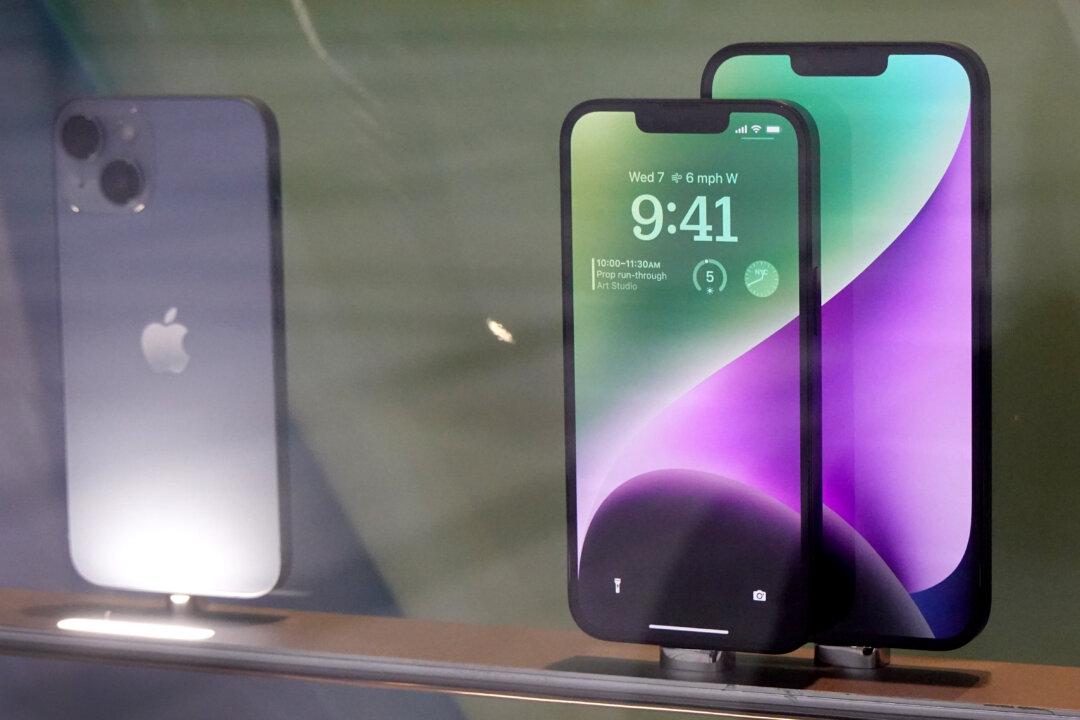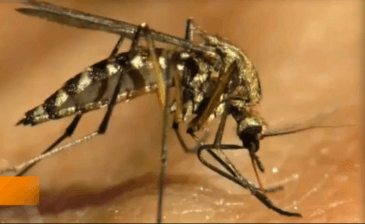The Department of Homeland Security’s (DHS) cybersecurity agency this week advised users and administrators to update their Apple, Microsoft, and Adobe products after security vulnerabilities were detected.
“Apple has released security updates to address vulnerabilities in multiple products. An attacker could exploit some of these vulnerabilities to take control of an affected device,” said the Cybersecurity Infrastructure & Security Agency in a statement on April 11, referring to a handful of security updates issued for iPhones, iPads, and other devices in the past week.





